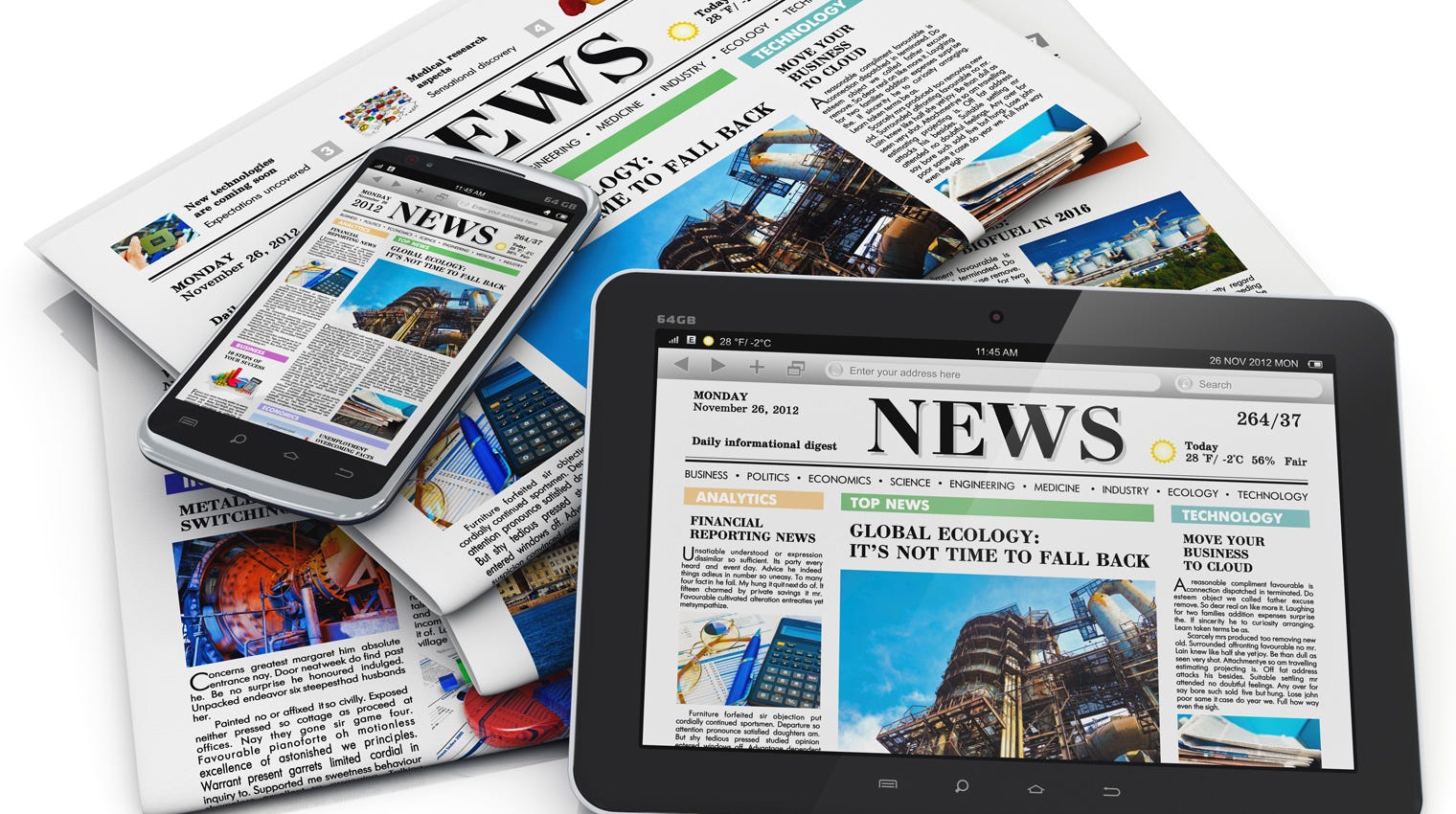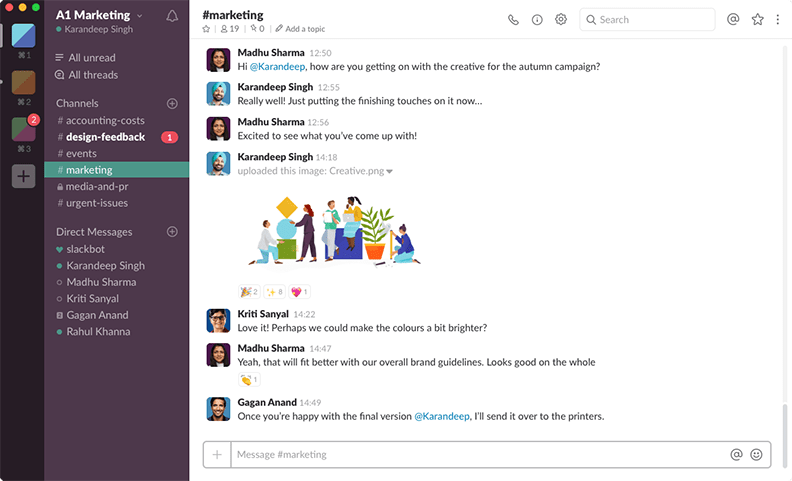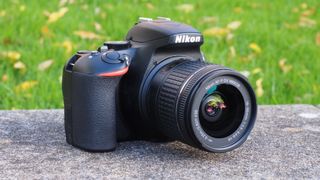I created the intro using the text tool in Premiere and would play around with the opacity setting to get it fading in and out. I think the intro turned out great and it would lead to Alek's part where he would talk about the history of fake news. We would use some basic transitions to get to the next part which was mine. I added the main goals at the start of my part and then would go onto talking about what went into creating everything.
So we had the video mostly ready but we needed to add our voices to this. Luckily, Alek brought in his microphone which we would use to record our voices. We all recorded our parts but it took awhile because there would be some sort of noise or we would stutter which ruined it.
When we finally got all the audio, we would sit down and listen to it but we realized that half of my part and Alek's part the quality was bad because we moved location a few times to record it. We recorded my parts again but not Alek's because we were running out of time.
We then sat down and added all the audio to the video and lined it up as well. I think it went well and all we needed left was a background track which Alek found and we stuck it into it. I played with the audio and made it louder during the transitions as no one was talking and then lowered it when there was.

The video was now complete and all we needed now was to export it. We had an issue with this because it wouldn't export in a high quality setting which was annoying. I tried exporting multiple times while changing the settings for the next hour and a half but nothing was working so we left it and uploaded the video to Moodle.
























